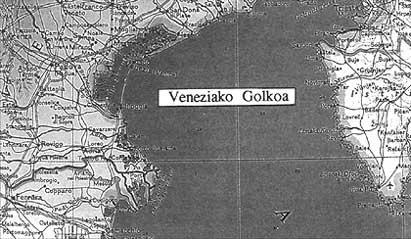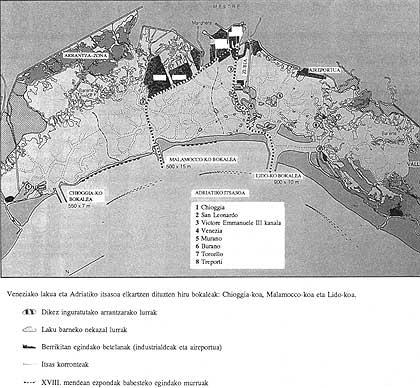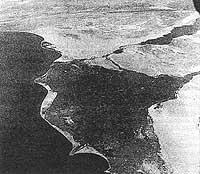Works to save Venice
1988/02/01 Sagarna, Andoni - Ingeniaria Iturria: Elhuyar aldizkaria
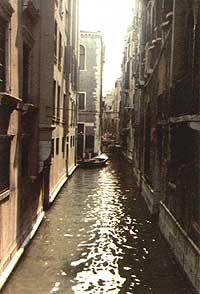
There are other cities built on islands or crossed by canals. There are many arts or great economic powers, but you must flee from Venice. It is something else.
The location of the city is curious: it is located in the middle of a lake 51 km long that extends from north to southwest. In addition, this lake is very close to the Adriatic Sea, separating the lake and the sea by a narrow strip of land formed by islands and peninsula.
The historical center of the city is built on islets and marshes of three kilometers of length and a kilometer and a half of width. The limit of the modern city is the perimeter of 150 km of the lake, in whose interior are ten main islands, in addition to the old town. The industrial villages on land, Mestre and Marghera, also belong to the Venetian municipality since 1927.
Venice has lost a little its antiquity since the railway about 3 km built in 1846 and the road built in 1932 lead the communication to land.
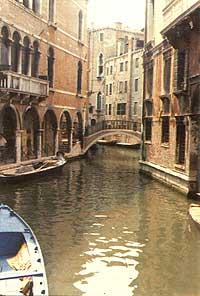
Despite the advantages of inspiration from writers, painters and filmmakers to eat and attract tourists, this location has brought numerous urgencies to residents.
On more than one occasion the Adriatic has become angry and has overcome the dikes that separate Venice from the sea, or has been flooded by a heavy rain. San Marcos square has been stopped under a meter of water, destroying four thousand homes and leaving huge economic losses.
In addition, the islands are sinking for a long time, but much faster than in past centuries.
In response to the need of the city of Venice to protect itself from the attacks of the medium, a year ago a project was launched that will require works that will cost 120 billion pesetas and will last more than twelve years.
These works are of no kind: to fix the slope for kilometers, to dredge the channels, to restore the walls that support others, to widen the area flooded by the waters of the lake, to strengthen the dikes and to raise several islands.
In this project it would also be a question of solving another serious problem that Venice has, air pollution. The sulfuric acid that generates sulphurous anhydride that carries domestic and industrial fumes and pollution by the natural rotting of the plants of the intertidal zones are eating stones of the monuments.
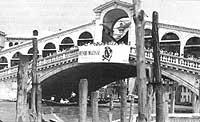
In any case, the most important work of this project is the construction of huge dams that cross the three bocans that connect the sea of Adriatic with the lake.
But the value of the project does not reside solely in the size of these dams. The character of the dams will also be very special. It would not be a question of destroying the landscape of this beautiful city through the construction of some murallions. For this reason, the construction of special underwater dams is proposed. Metal containers of 20 meters of length and 5 meters of diameter, placed next to each other in line, would be constructed.
These containers would be lying under water, full of water, immersed in concrete bases. When a colloquial tide comes, with the air inlet water is extracted so that the upper end leaves a little to the surface of the water and the lake leaves the sea.
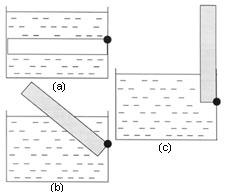
The principle is easily understandable, but in practice will have great complications to avoid corrosion, manoeuvres, conservation of facilities, etc.
Although some of the works included in the project have already begun, this dam construction is still not decided. It is a question of analyzing the things and of knowing if the shifts of the ships are not going to find obstacles or what will remain with the pollution of the lake. If the favorable decision is successful, the construction of these underwater dams will begin in 1998.
Throughout history, the Venetians have stolen the lake, the soil is sinking and the sea level rises, today there are 320 million m3 of water that enters the lake at each tide, double that a century ago.
It is enough to blow strong southern winds so that the sea water enters the lake.
To completely isolate the lake and the sea is a chimera, well because you can not lose the economic life of the city, well because the lake would become a poison well. This is enough today, because the poet-inspiring canals have paradoxically transported thousands of tons of toxic waste in industrial polygons.
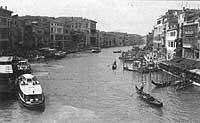
Before starting the work, a model of the lake has been made in the laboratories of Voltabarozzo, near Padova, to analyze at scale 1:250 many parameters of the water currents that run through the channels and around the islets. To study the influence of the closure of the mouth of the Lido in the currents, a model of 15000 m 2 has been made. The ships that will form the dams of the sea also test from the point of view of its resistance and its behavior against the vibration.
They must perform long dikes from the coast to reduce at least 35% the energy of the waves to avoid excessive wear of dams.
The most serious problems of the project will not necessarily be technical. Get the approval and consensus of the Venetians, respect the environment, do these great works without chasing tourism, etc. they will suppose to overcome other barriers.

Gai honi buruzko eduki gehiago
Elhuyarrek garatutako teknologia



